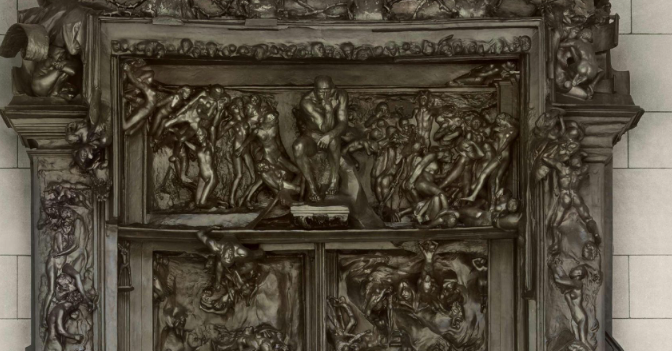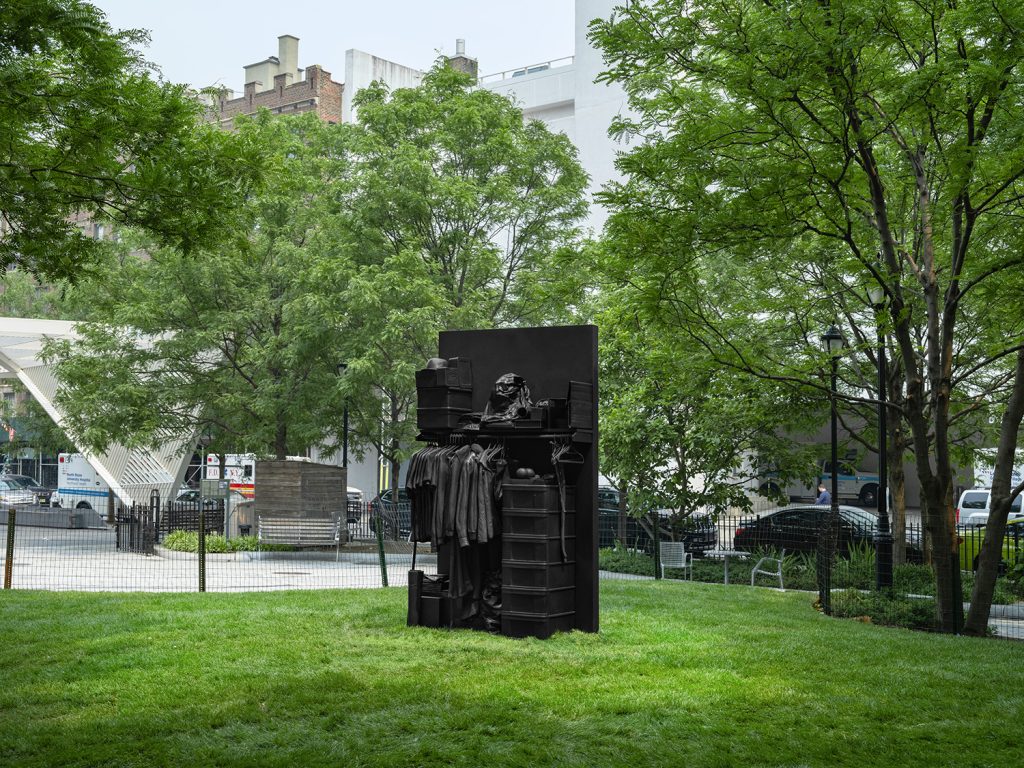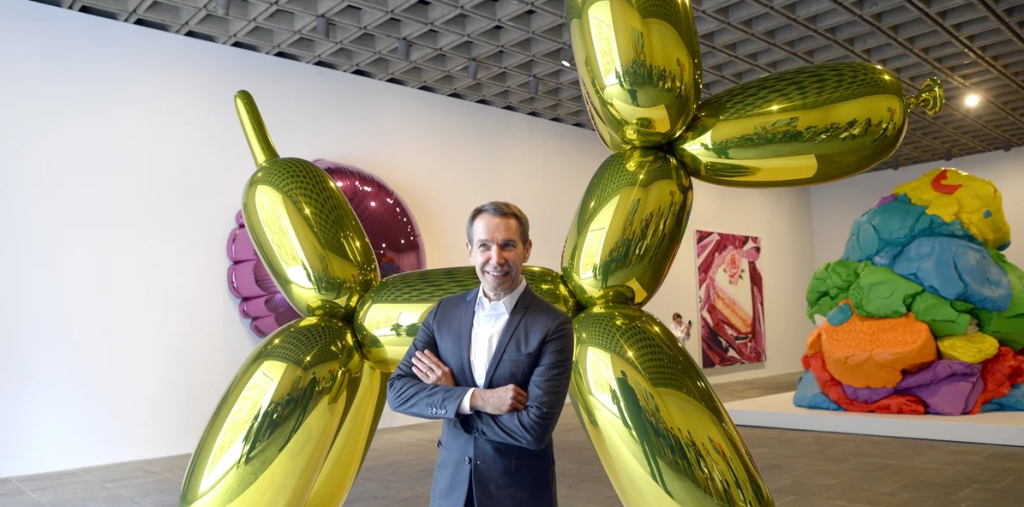Exploring the Depths: Rodin’s Haunting Interpretation of Dante’s Inferno
The works of Auguste Rodin resonate with powerful emotions and intricate details, making him one of the most important sculptors of the 19th century. His interpretation of Dante’s “Inferno” adds a compelling layer to the understanding of human sorrow and morality. By delving into Rodin’s haunting sculptures, we can gain insights into both the artist’s mind and the depths of Dante’s literary masterpiece.
The Connection Between Rodin and Dante
Rodin was deeply inspired by Dante Alighieri’s “The Divine Comedy,” with “Inferno” being a particularly significant influence. This epic poem describes the journey of the soul through the nine circles of Hell, each representing different sins and their corresponding punishments. For Rodin, the powerful imagery and emotional depth in Dante’s depiction of suffering served as a muse, prompting him to create a series of sculptures that bring the text to life. Works like “The Gates of Hell” showcase expressive figures struggling with their fates, capturing the very essence of Dante’s themes of justice and guilt.
Sculptural Mastery: The Gates of Hell
Rodin’s “The Gates of Hell” serves as a monumental interpretation of Dante’s vision, featuring over 200 figures that embody the suffering and despair found in the poem. The intricate details in each sculpture reflect the psychological torment of various characters from “Inferno,” allowing viewers to experience the narrative on a visceral level. The central figure, “The Thinker,” is perhaps the most recognized, depicting a man lost in contemplation, representing the agony of the human condition. Rodin’s ability to convey complex emotions through marble and bronze invites onlookers to reflect on their own moral dilemmas and existential questions.
Lessons in Human Emotion
Rodin’s sculptures serve not just as artistic expressions but also as profound explorations of human emotion. His interpretation of Dante’s work delves into themes of despair, redemption, and the search for meaning. Each figure in “The Gates of Hell” tells a story, acting as a mirror reflecting our struggles and vulnerabilities. By examining Rodin’s artistry, we can engage in a dialogue about our own moral choices and the consequences we face. This emotional connection is what keeps Rodin’s work relevant, allowing modern audiences to discover the timelessness of both his art and Dante’s writing.
A Journey Worth Taking
The intersection of Rodin’s sculpture and Dante’s literature opens a fascinating dialogue between two great thinkers. By exploring “The Gates of Hell” and other works inspired by Dante, art lovers and literary enthusiasts alike can deepen their understanding of human emotions and the moral choices we navigate in life. These works encourage us to confront difficult questions about guilt, punishment, and redemption.
In conclusion, Rodin’s interpretation of Dante’s “Inferno” remains a significant artistic achievement, offering profound insights into the human experience. Whether you’re an art buff, a literature lover, or simply curious, taking a closer look at Rodin’s haunting sculptures can be a rewarding journey. Explore more about Rodin’s incredible contributions to art, and perhaps revisit Dante’s “Inferno” for a fresh perspective.


